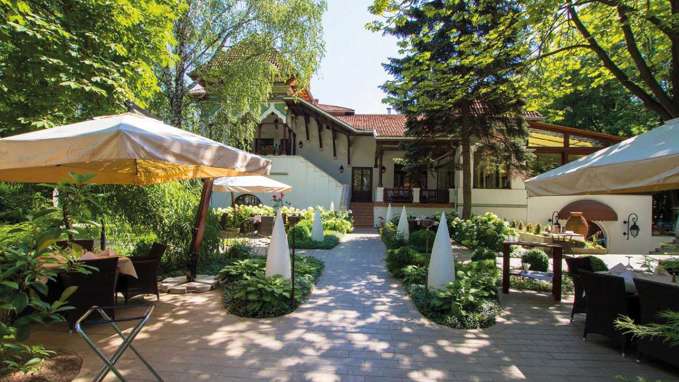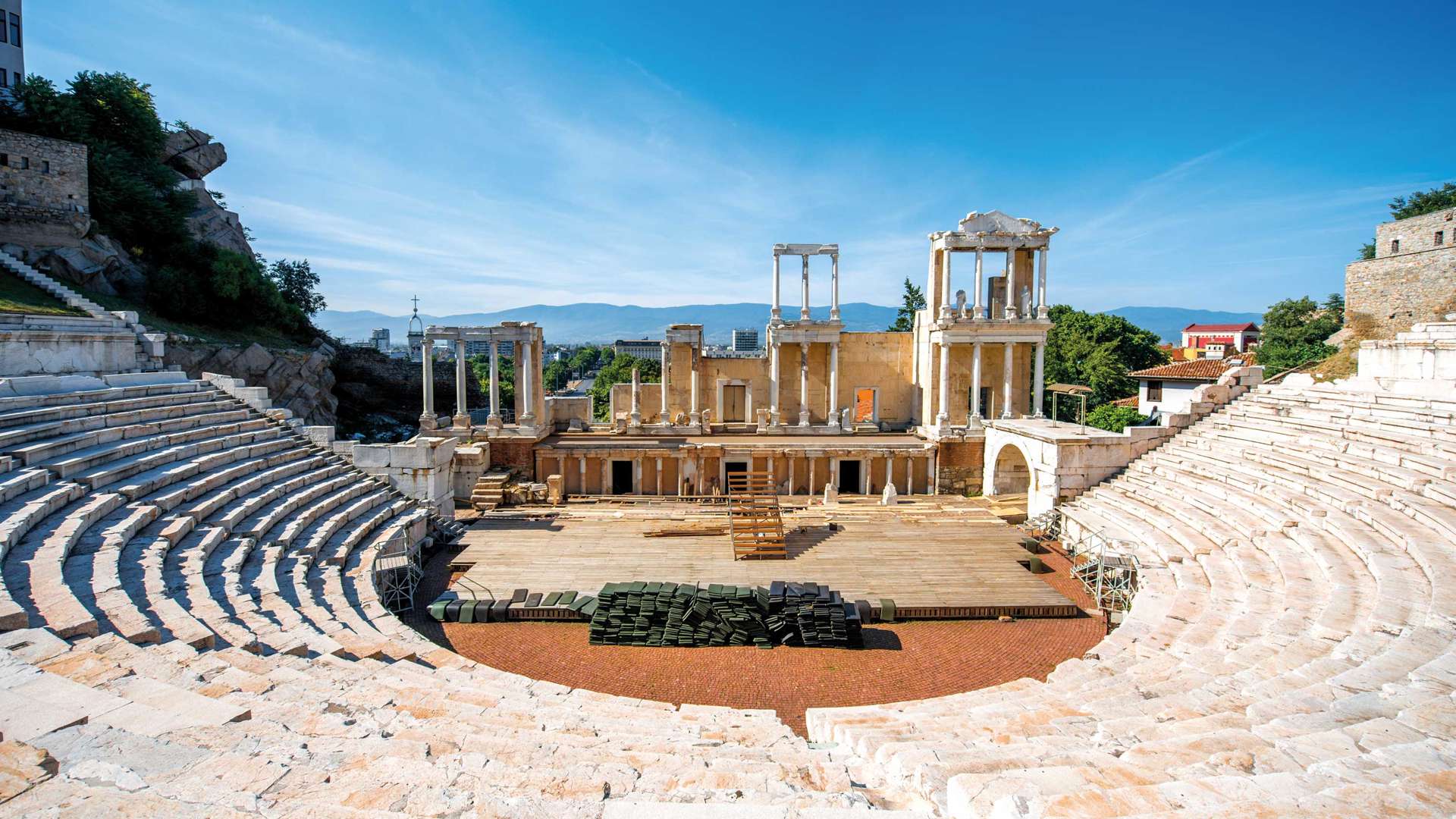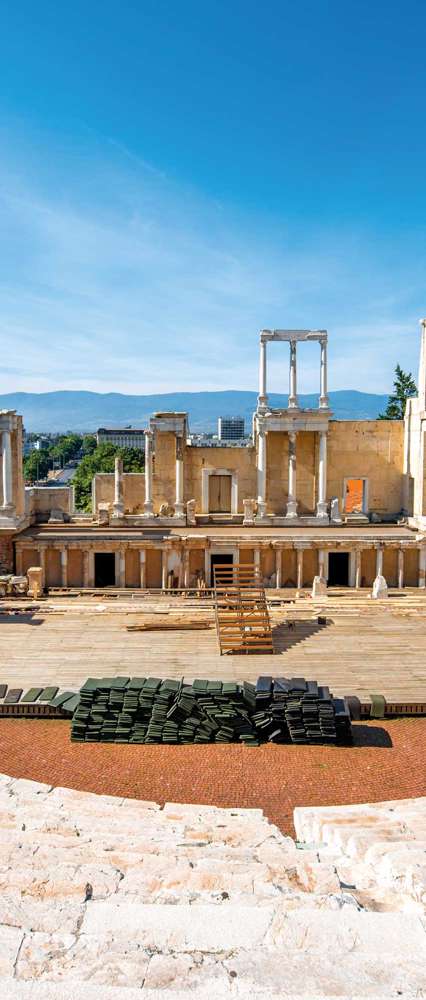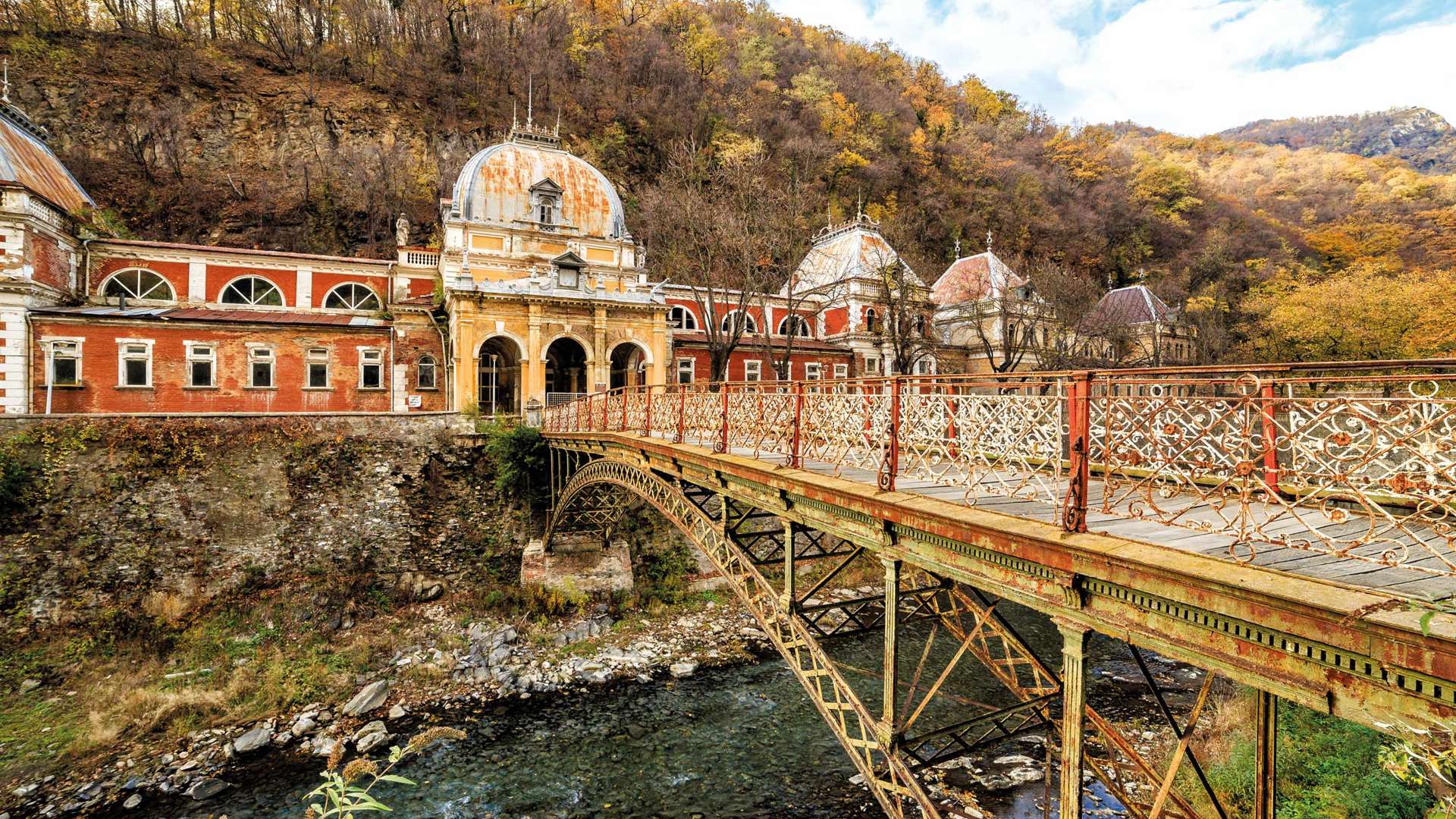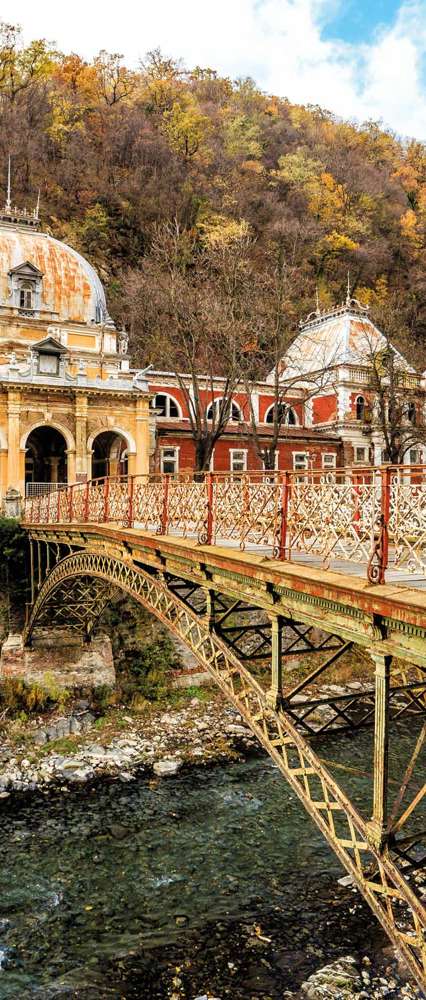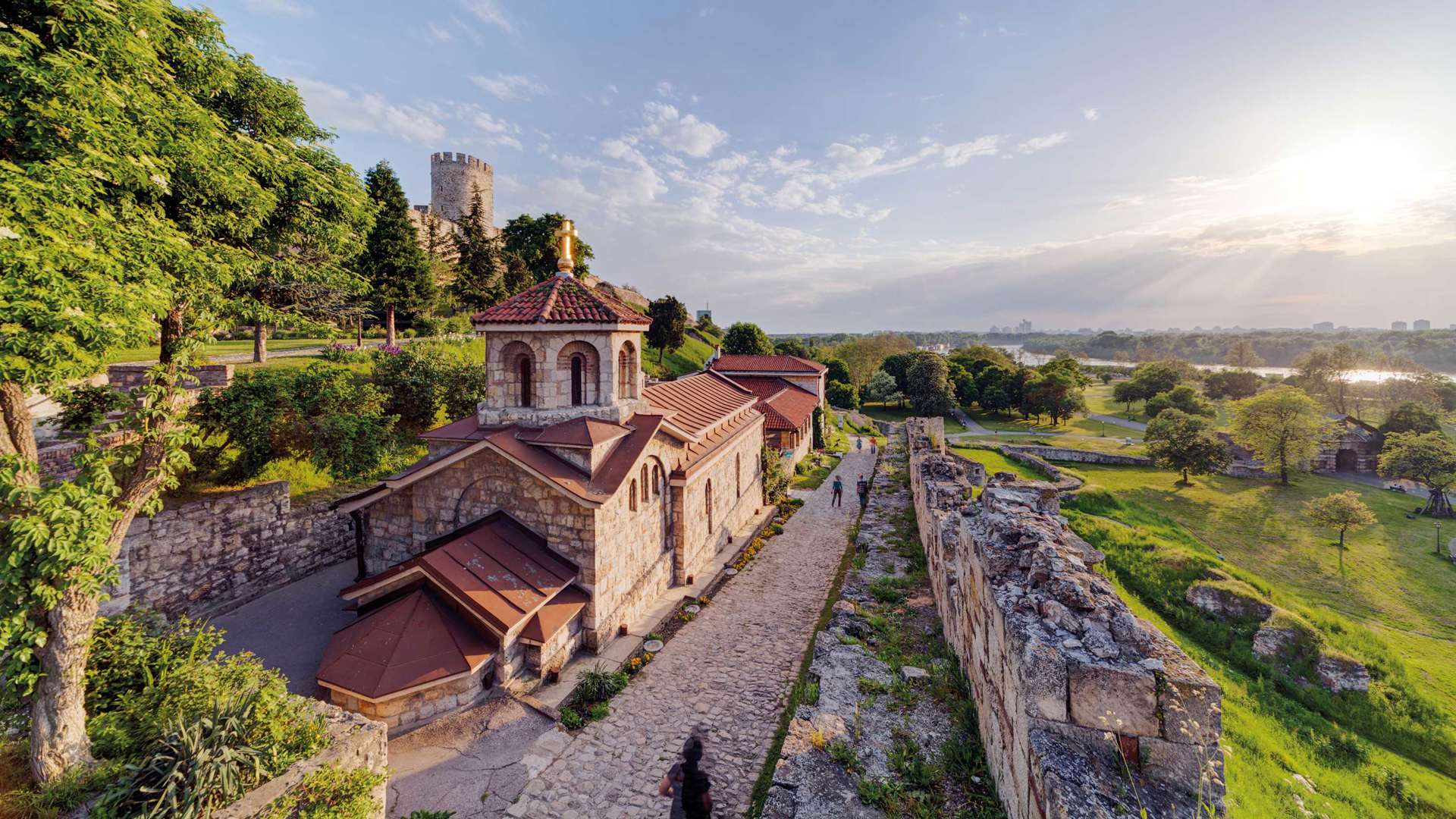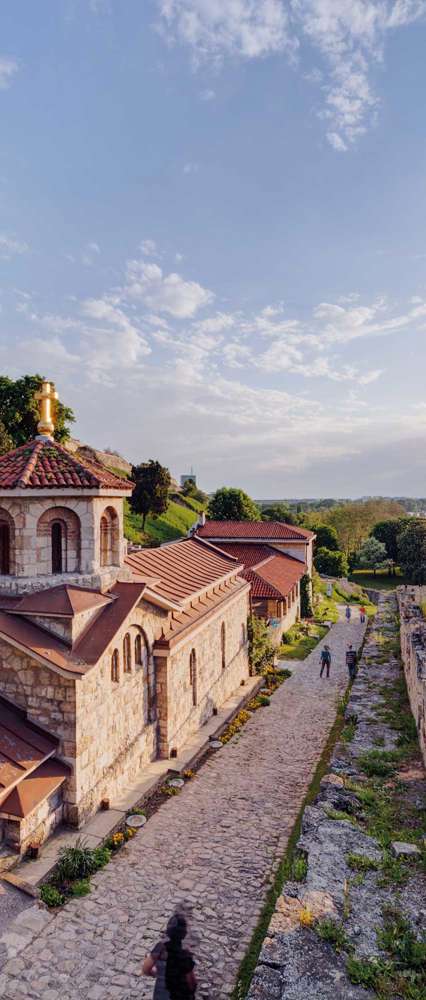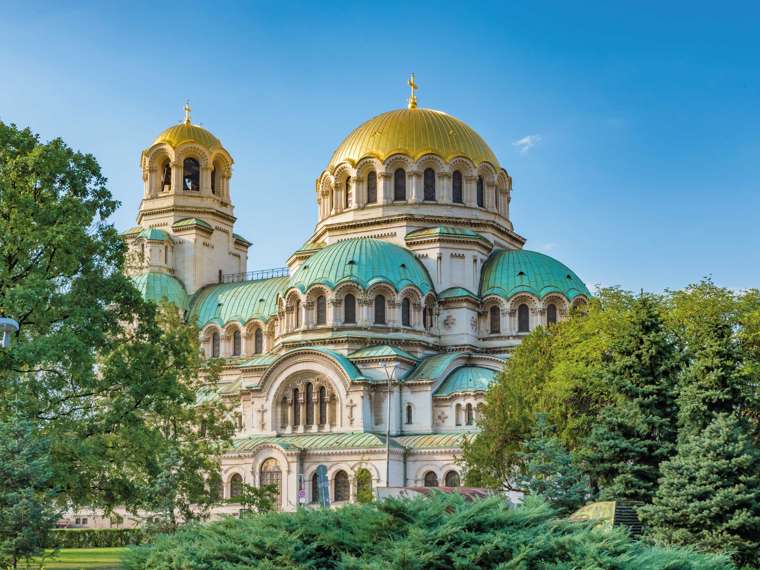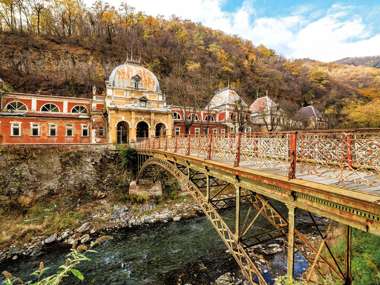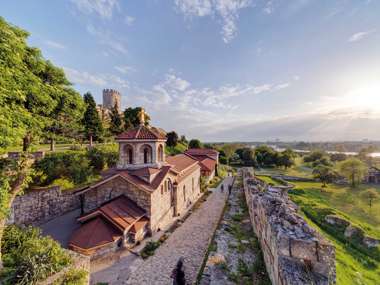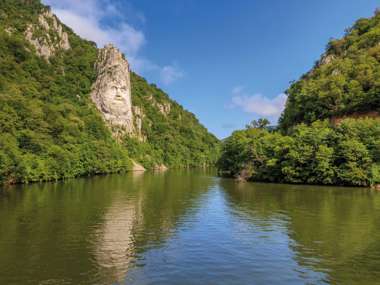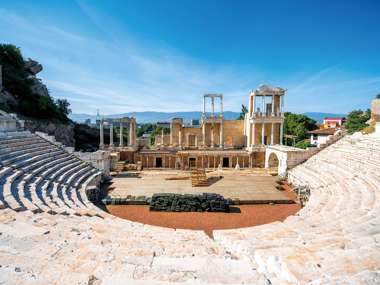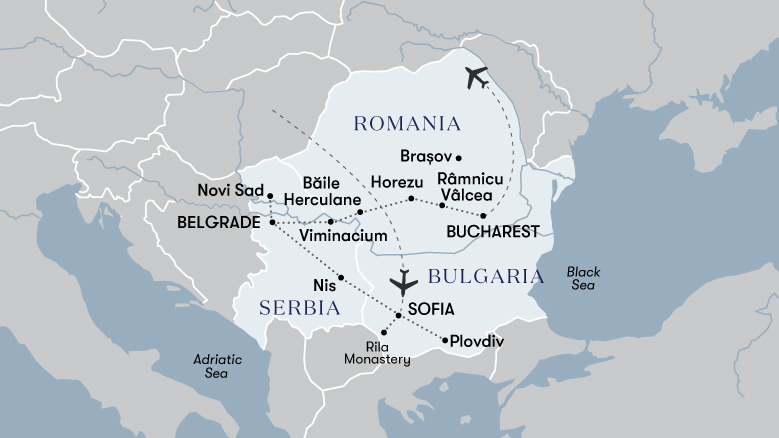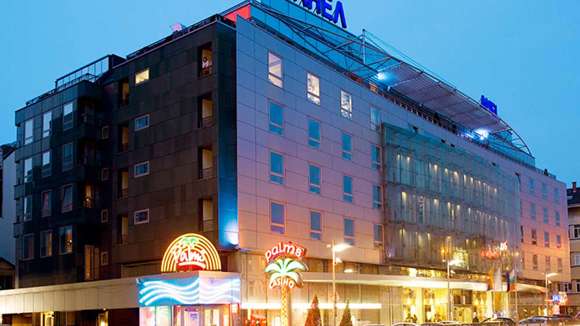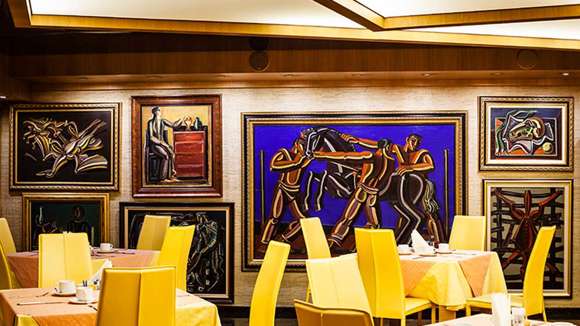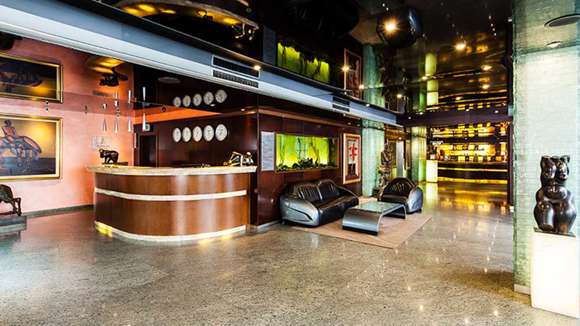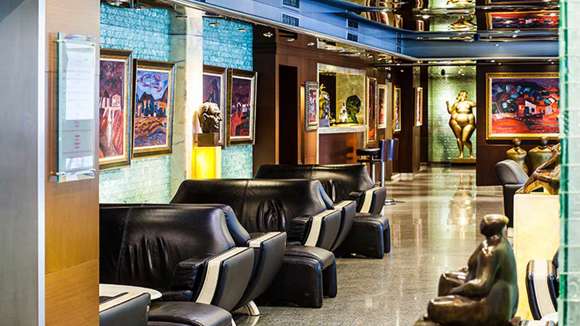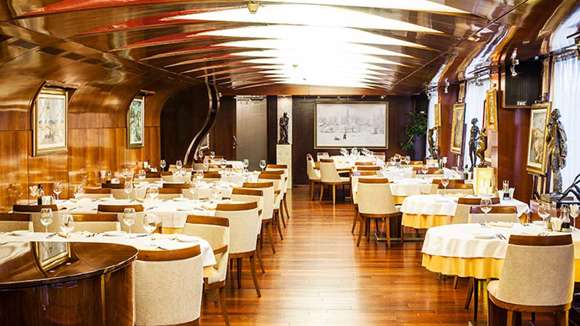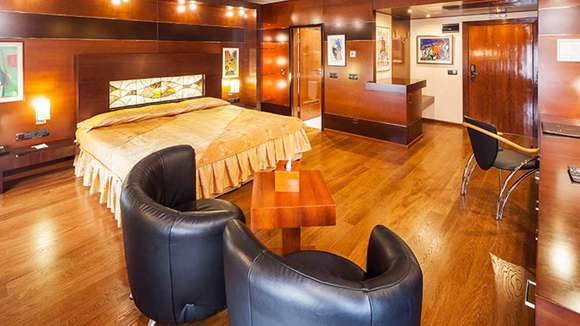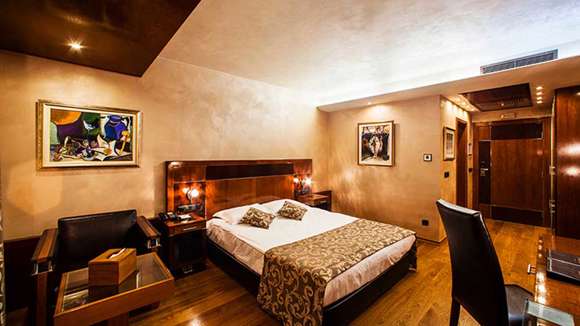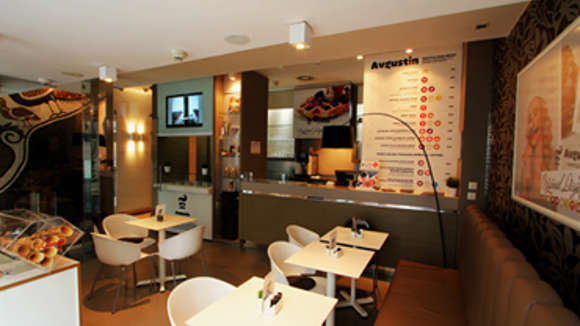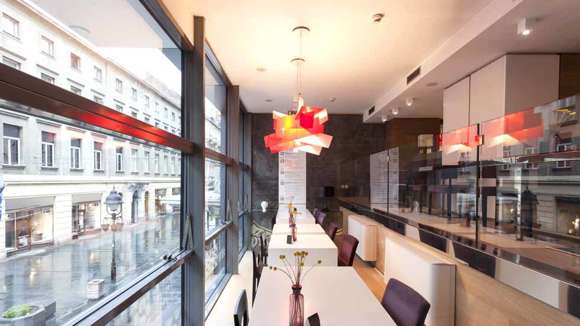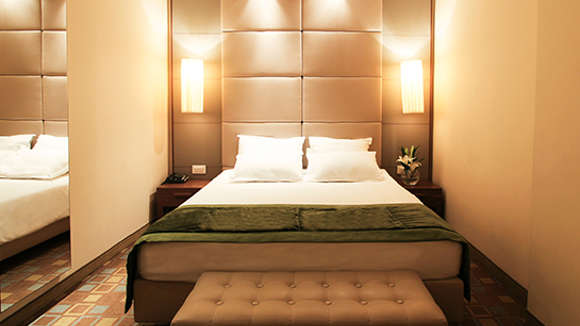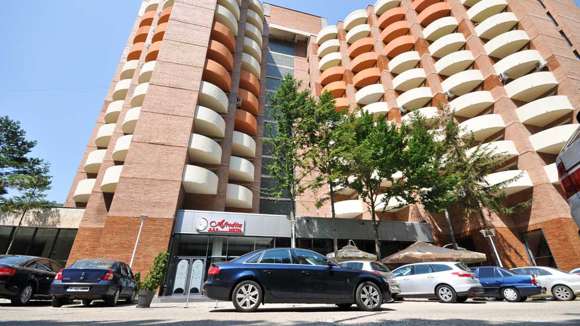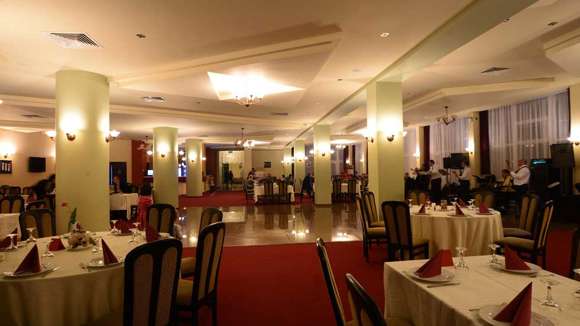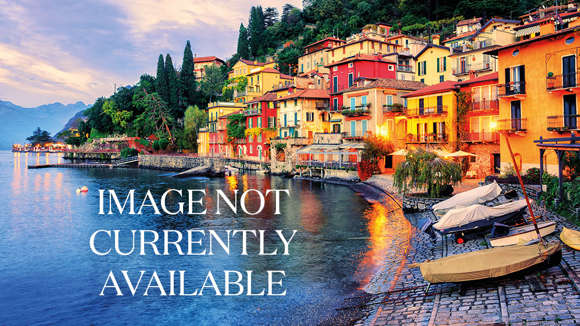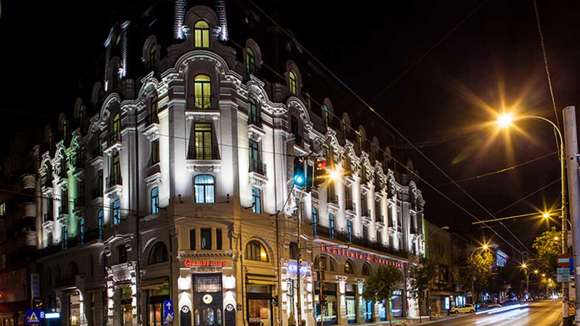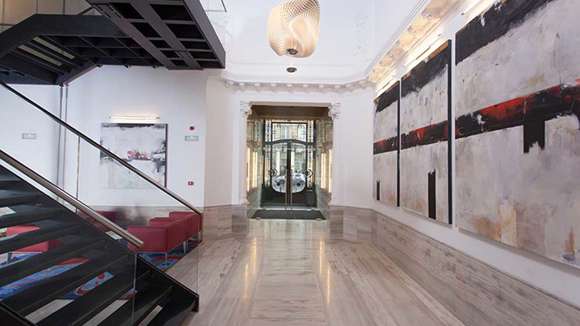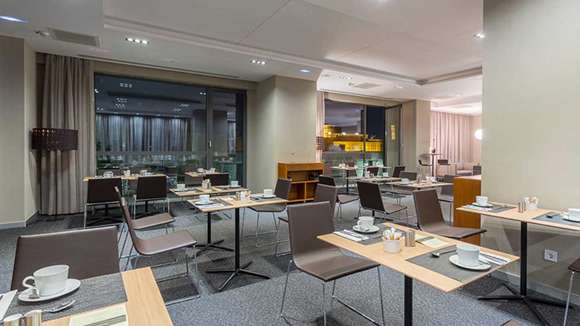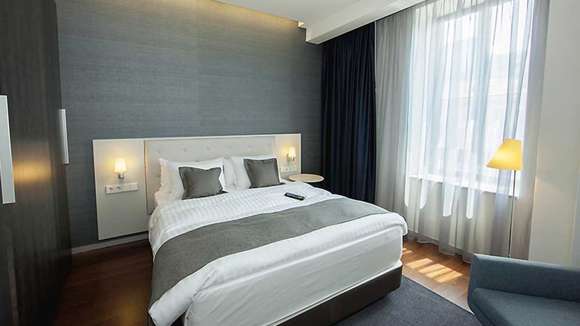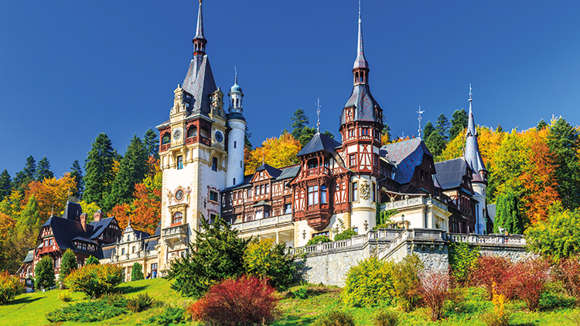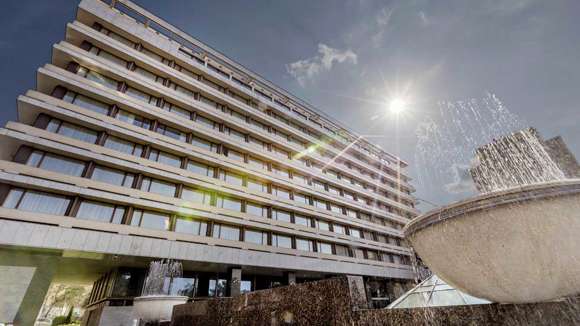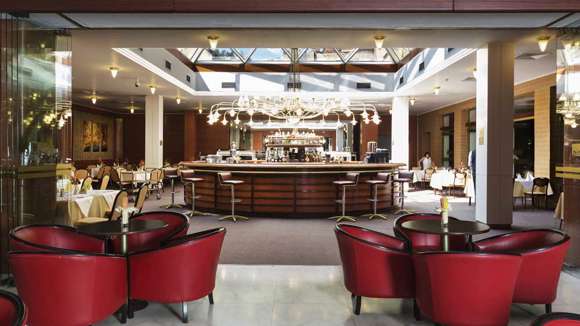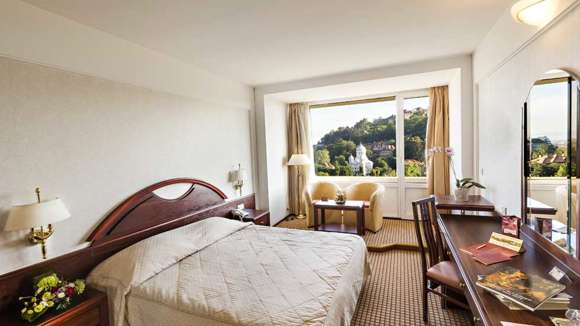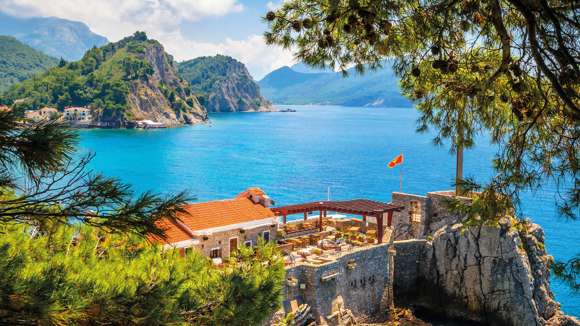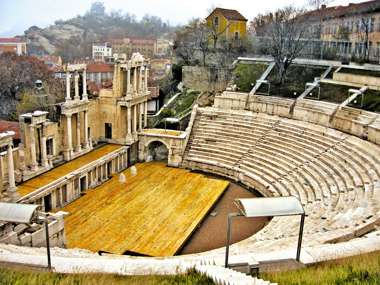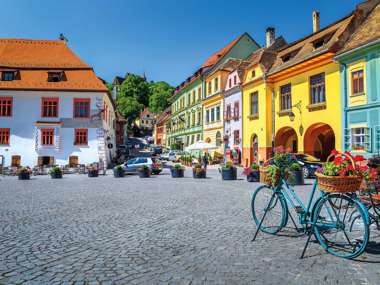Hotel Anel - Sofia
A contemporary 4-star hotel at a prime location in Sofia. Restaurant, bar, gym, pool and WiFi (free). 56 air-conditioned rooms with hairdryer, safe, mini-bar, tea/coffee making facilities and satellite TV.
Belgrade Art Hotel - Belgrade
A modern 4-star boutique hotel conveniently located in the heart of Belgrade. Restaurant, bar, sauna, WiFi (free) and 55 air-conditioned rooms with hairdryer, safe, mini-bar, tea/coffee making facilities and satellite TV.
Afrodita Hotel - Baile Herculane
This 3-star hotel is set amidst the Domogled Mountains, in the centre of Baile Herculane, a natural spa resort. Restaurants, bar, indoor pool, gym, sauna and WiFi (free). 220 rooms with hairdryer, mini-bar and satellite TV.
Grand Hotel Sofianu – Ramnicu Valcea
A traditional 4-star hotel surrounded by Zavoi Park and close to the centre of Ramnicu Valcea. Restaurant, bar, gym, pool and WiFi (free). 61 air-conditioned rooms with hairdryer, safe, mini-bar, tea/coffee making facilities and satellite TV.
Hotel Cismigiu - Bucharest
A 4-star hotel set in a historical building built in 1912, close to the old Town. Restaurant, bar, gym and WiFi (free). 60 air-conditioned rooms with hairdryer, safe, mini-bar, tea/coffee making facilities and satellite TV.
